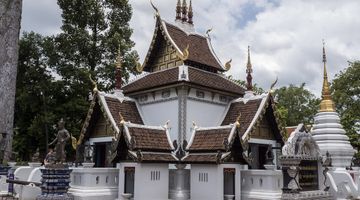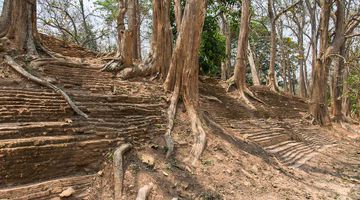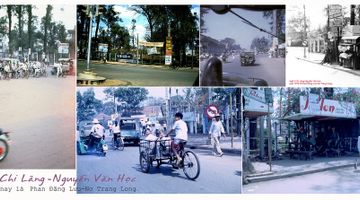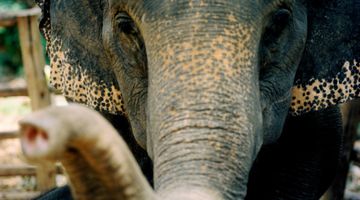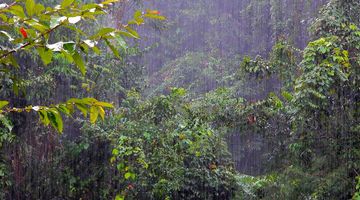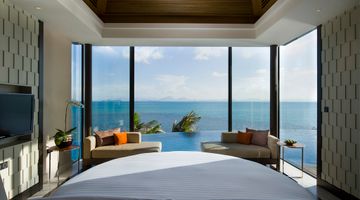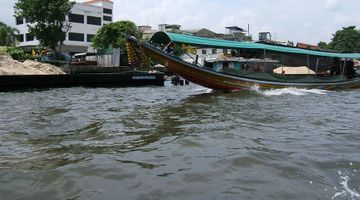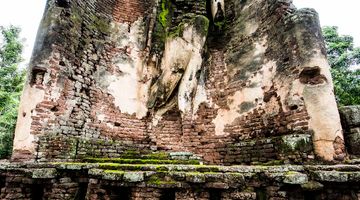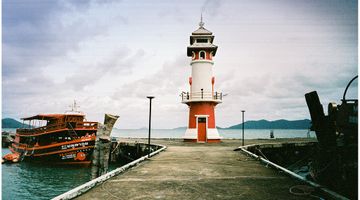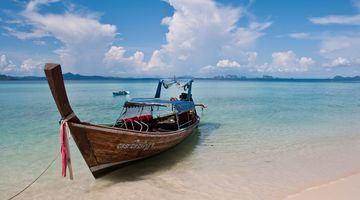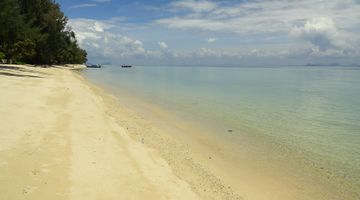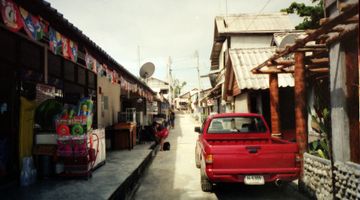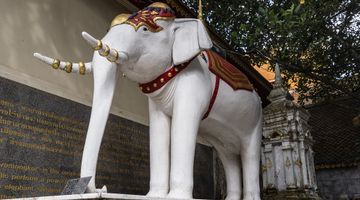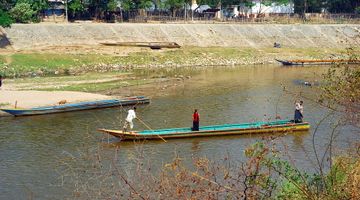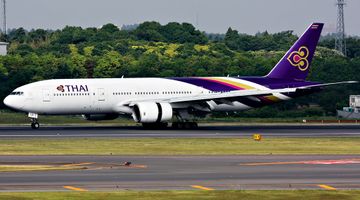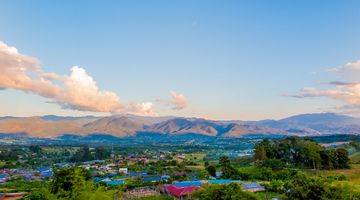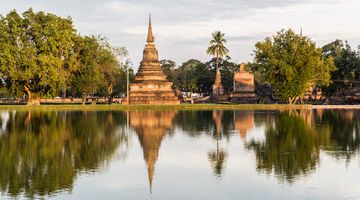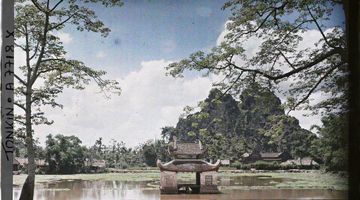Lampang Travel Guide
In a nutshell
Located 100 km south of Chiang Mai, Lampang is the second largest city in the north of Thailand. It boasts quite a long history dating back to the 7th century when Queen Chammathewi, the first ruler of Lamphun, founded a new town to give her minor son a place to govern after her death.
Why go to Lampang
Throughout the centuries Lampang suffered periods of ups and downs first overshadowed by the neighbouring Lamphun and later outshined by the fast rising of Chiang Mai until the end of the 19th century when the city became the main centre of the teak industry with more than 4000 elephants working in this area.
After the decline of the logging industry, Lampang quickly readjusted to the same old secondary role and nowadays it’s a big old sleepy city, with quite a few historical attractions, a charming laid back atmosphere, and good transport connections with the rest of Thailand. Throw in several attractive natural parks and waterfalls scattered around the province and consider calling in for a few days in Lampang on your way to Chiang Mai.
When to go to Lampang
With the only exception of the month of August which is better to be avoided unless you’re a fan of tropical storms, the rest of the rainy season running from May to October is still a good time to visit Lampang, but not the best if you’re planning some trekking in the national parks. From November to February the weather is cooler and whatever you are going to do, you’ll enjoy a more pleasant weather.
A rich calendar of events and festivals makes visiting Lampang interesting all year round. Among the others the Fish Eating Fair in March will give you the chance to sample a good variety of local freshwater fish while the Klong Bu Ja Festival in April focuses on musical traditions (especially drums and string musical instruments) of the Lanna ethnic group. In December the Lampang Ceramic Fair is held celebrating the most widespread industry of the province.
Where to stay in Lampang
Hotels and guesthouses are scattered all around town without any specific area aiming mainly to western tourists. Many options can be found anyway close to the old town, both on the northern and southern banks of the Wang River, making this the first spot to head to when searching for accommodation. There are no backpacker style hostels and guesthouses in general are slightly more expensive than elsewhere in Thailand, but people on a thin budget will still be able to find decent solutions for around THB300. A lot of the hotels fit into a mid-budget range offering quite good value for money. A bit more problematic is to find upscale resorts, especially without your own transportation.
Where to Eat in Lampang
Like the neighbouring province of Lamphun, Lampang is a paradise for food lovers searching for authentic regional food. Compared to the more visited Chiang Mai, the northern cuisine here sticks to the original recipes with no attempts to adjust it to a western taste; as a plus, it usually comes cheaper too. If you are not after fancy restaurants and are happy to sit on a plastic chair, you’ll be rewarded with an incredibly delicious dining experience. Street food options are available everywhere, while Western food choices are limited to some pasta, pizza and burgers in one of the guesthouses’ restaurants.
How to get around Lampang
The signature means of transportation in Lampang is horse-drawn carriages. Once a very popular way to move around in the North of Thailand, it is now preserved almost exclusively only in Lampang which by some reason refuses to switch to the tuk-tuk system. Some might be mislead into thinking it is a purely touristy affair, but in fact it is just the sign that the city still tries to ‘’live in the past’’ when the star of Lampang teak power shined high and bright. A short 15-minute ride will cost you around THB200.
Motorbike taxies (anywhere from THB30 to THB100 depending on the distance) and public songthaews (THB20) plying the fixed routes are the only other transportation options. Songthaews can be also hired for private tours around the province; the cost will mainly depend on your bargaining skills.
Motorbikes (THB200 a day) and bicycles (THB100 a day) are available for rent at many shops and hotels.
How to get to and from Lampang
Lampang Airport, located not far from the city centre, accepts scheduled daily flights from Bangkok’s Don Mueang Airport by Nok Air and from Suvarnabhumi by Bangkok Airways. Internet rates when booked in advance can be as low as THB1200.
Frequent buses depart from Bangkok Morchit Bus Terminal all day long making your 9 hours trip to Lampang possible at any time of the day. The overnight VIP buses will cost you roughly THB500 while an express morning bus can be as cheap as THB350. Try to avoid the afternoon departures that will drop you in town in the middle of the night.
At least one bus every hour connects Lampang to Chiang Mai; the trip takes less than 2 hours and tickets are THB50 for a second class seat and THB100 for a first class one. Almost every bus heading to and from Chiang Mai will make a stop in Lampang making it possible to reach several destinations in Thailand (especially in the northeast and east of the country) directly from here; check at the bus station for the updated schedules and prices.
The bus station is quite close to the city centre and some of the public songthaews routes terminate and originate from the bus station (THB20).
Lampang is also a major stop on the northern railway line running from Bangkok to Chiang Mai. Five trains a day depart from Bangkok Hua Lamphong Railway Station and make their 10-hours trip to Lampang with tickets starting from just over THB100 for a third class seat and going up to THB1500 for a first class sleeper.
A 2,5-hour train journey to Chiang Mai will cost you THB30 only. Note that all the trains travelling between Bangkok and Lampang stop in Ayutthaya, Phitsanulouk, Lamphun and several other towns.
Is Lampang a safe place to visit?
If renting a motorbike or a bicycle, be always extra careful riding in and out of town; always wear a helmet and do not expect extra attention from the car drivers. For any emergency a good hospital is located close to the city centre.




